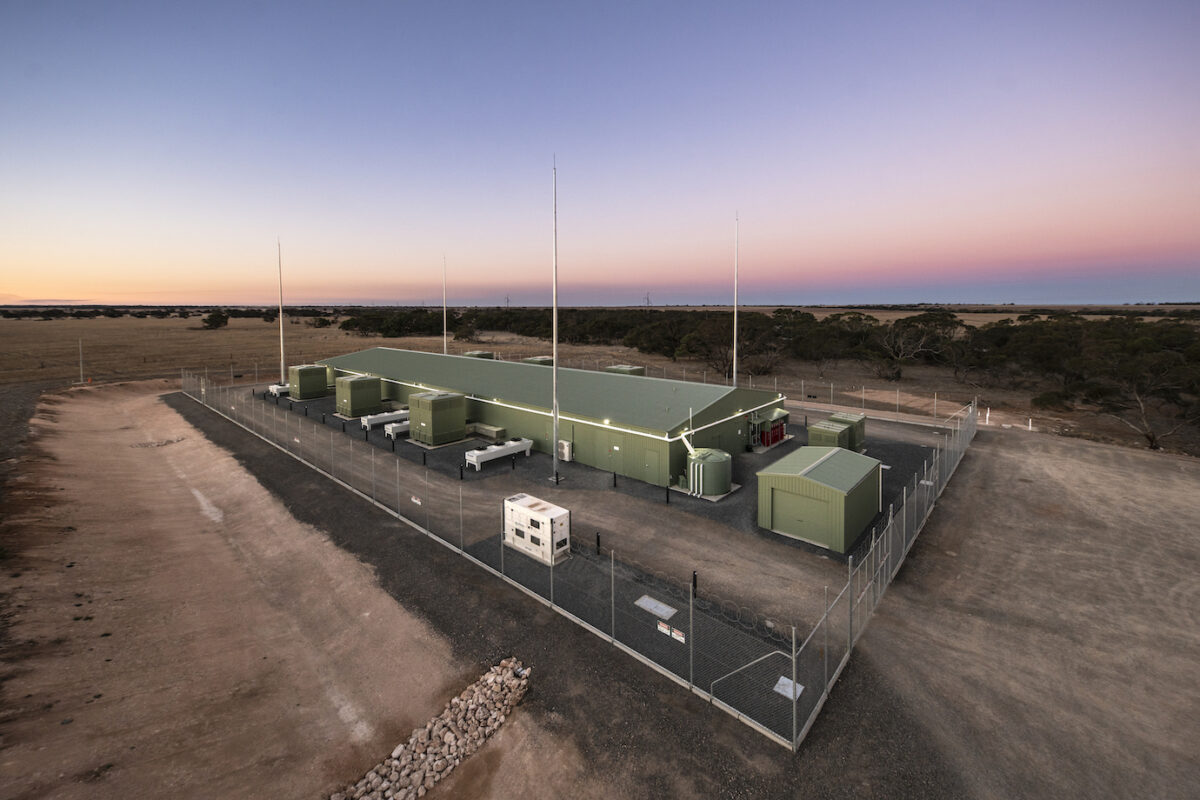How Renewable Energy and Storage Will Be Used in the Future

Electric power was very uncomplicated for most of history. It was largely generated by big power stations that burned a variety of fuels. They were mostly fossil, though, and they exhaled lots of CO2.
Then, in a very short period of time, the rise of economical renewable energy turned upside down this paradigm. People are shifting to non-fuel-burning utility-scale and residential facilities.
This modern concept of power has just recently begun, yet it is already rapidly evolving. The next frontier extends beyond the transition from fossil fuels to renewables and involves the collaboration of various power supplies. Wind, solar, batteries, and energy-efficiency devices in a variety of configurations are used to offer clean energy in cost-effective and efficient ways.
Because coal was the dominant source of energy in the midwestern United States for many years, it is an exciting place to examine these changes. Nonetheless, when many of these older coal facilities began to retire, the area witnessed a dramatic shift toward renewable energy.

Renewable energy in the region has increased from less than 1% a decade ago to more than 12% now according to MISO, the non-profit group that provides electric distribution throughout most midwestern states.
These many forms of resources complement one another. As a result, battery storage is being integrated into renewable energy technologies. When there is no sunshine, batteries fill in the gaps.
There has been a lot of excitement about the marriage of storage and clean energy. Most of these are solar-plus-storage initiatives, which incorporate photovoltaic power and a storage element into a single endeavor.
There would still be lots of energy projects created without a storage system, as well as storage initiatives constructed without a renewable element. Hybrid initiatives, on the other hand, meet specific market demands.
The well-known premise for electricity storage is that operators in various regions of the nation are purchasing storage to supplement renewable power and adjust for wind and solar’s unpredictability. There are numerous examples from Florida to Pennsylvania to New England.
